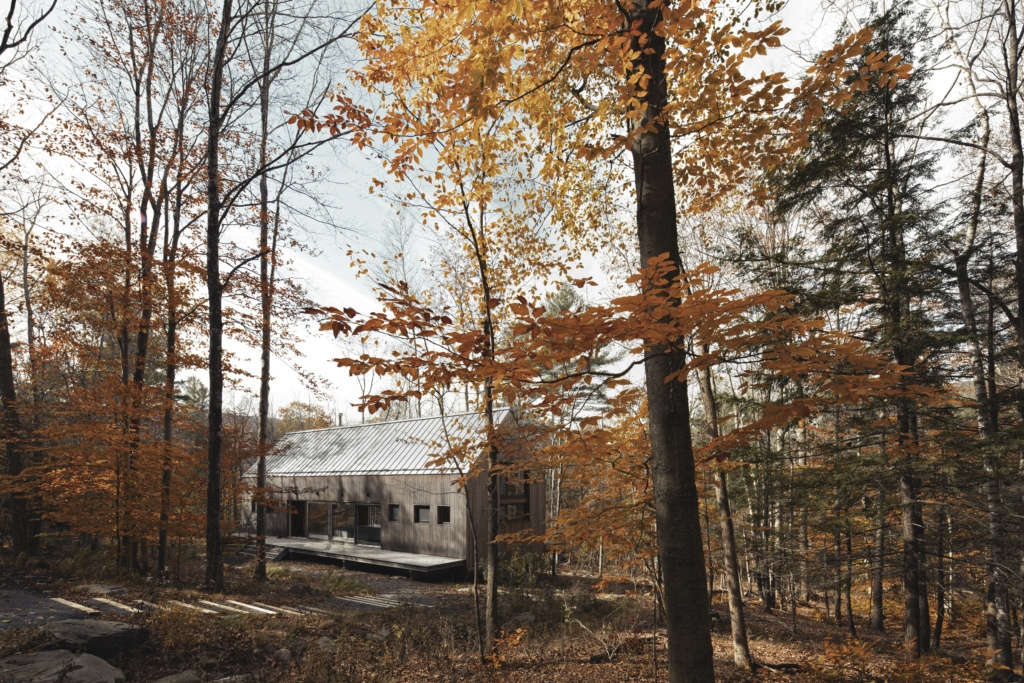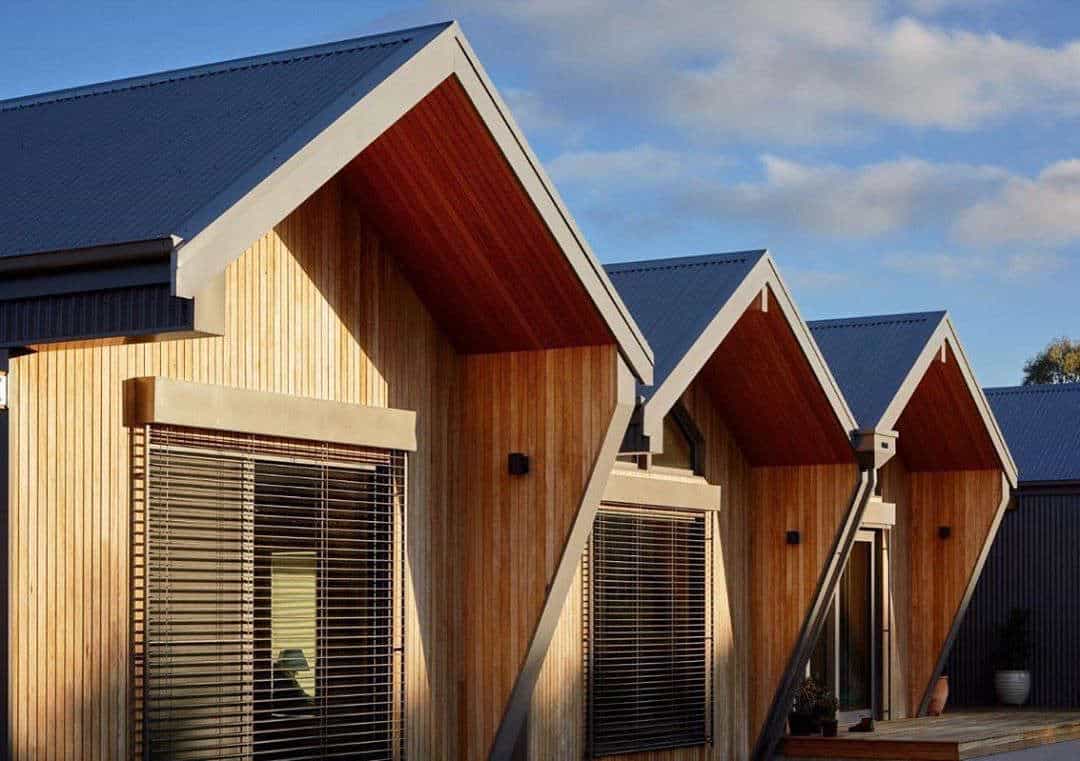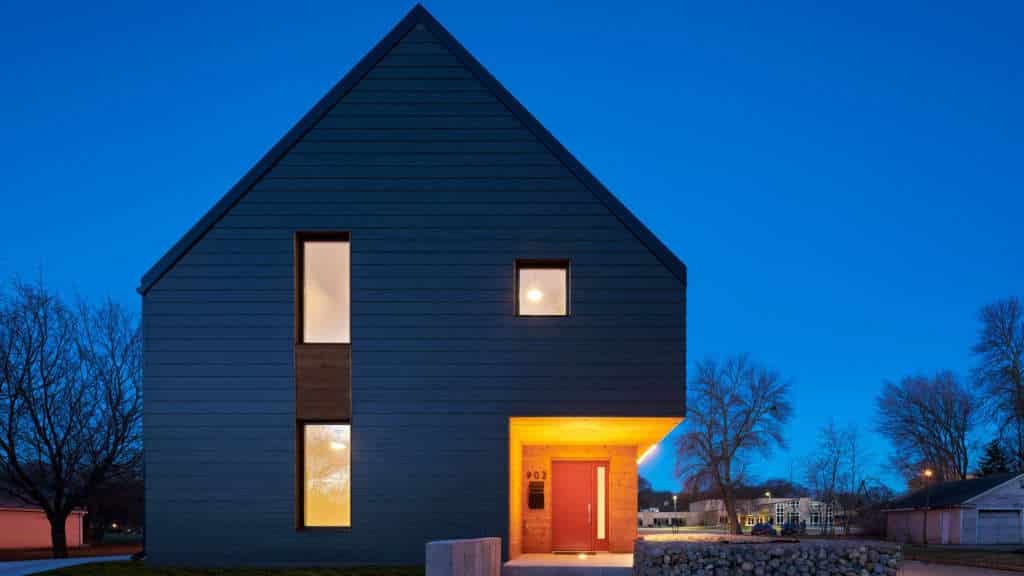Energy-saving techniques are the need of the hour, and it applies to purchasing houses as well. Find out more about Passive Houses here.
Not many are aware of the fact that modern houses are accountable for the largest-used share of energy consumption. It was Dr. Wolfgang Feist who came across this realization, and he decided to find a solution for new homeowners.
If you are considering getting a new home, Passive House properties might be the best option out there. Although the concept is relatively new and has been around for just about three decades, it has become the most recognized solution in sustainable construction.
Featured Image via PH01:BRK
In this guide, we will tell you all you need to know about Passive Houses and if they are worth purchasing. So, without further ado, let’s get straight to the details.
Passive Houses Intro

Photograph by Eric Petschek courtesy of IdS/R Architecture
What Is A Passive House?
If you have been looking for a new home, you may have come across the term “Passive House.” Passive Houses essentially use modern concepts that were developed in North America and Sweden to refine the insulation system and heat exchange of modern homes.
The result of these concepts led to the inception of the “Passivhaus property,” the very first of its kind. These properties were constructed in Darmstadt during the 1990s. Although the idea of Passive Houses first came into the picture decades ago, it has slowly but steadily become a reliable and popular concept in the field of sustainable construction.
What Are The Standards Followed By Passive Houses?
There are certain rigorous standards set by the International Passive House Association. Before deciding on one of these properties, it is imperative to check whether it adheres to these standards:
- The cooling demands should be similar to or equal to that of heating
- The living areas should maintain a consistent temperature of 20–25°C for at least 90% of the year
- The total energy consumption of the home should be lower than 120kWh per year
- The heating demands should be less than 15kWh per year
- The heating demands should be less than 10W per square meter of the living area
- To prevent heat loss or draught, there should not be air changes exceeding 0.6 per hour at a pressure of 50 Pascals
How Do Passive Houses Work?
As such, the concept of a Passive House is to maintain an even and continual atmosphere and environment in the home, instead of having an exchange of air, cooling, or heating “on demand.” In fact, the key concept behind these houses is to maintain consistent insulation.
So, you might be wondering how builders achieve this level of “continuous insulation.” To understand this better, you need to understand the concept of thermal bridges.
Thermal bridges are specific spots or areas in a house that enable the exchange of cool and hot air. This can cause homes to lose heat during the winter or become excessively hot during the summer. In Passive Houses, builders must ensure that there are no thermal bridges in the architecture of the home.
Another common issue that most homes face is the issue of condensation and dampness. With continuous insulation, the issue of condensation also disappears, preventing issues such as mold, mildew, and dampness.
Not just that, Passive Houses should be equipped with highly efficient windows that can prevent unwanted air exchange, heat, and moisture in the home.

Owl Woods Passive Home by Talina Edwards Architecture
How Is Constant Temperature Maintained In Passive Houses?
It can be confusing for homeowners to understand how Passive Houses maintain continuous temperature and insulation for maximum energy efficiency. Well, it works on the concept of regulation by ground and air source heat exchange pumps.
The plumbing systems are used to transfer both fresh air and heat within the Passive House. As such, this type of efficient plumbing system helps maintain a consistent temperature and insulation in the house while using minimum energy.
Should You Consider Getting Passive Houses?
In the modern world we are living in, finding energy-saving, sustainable homes and methods is a priority. Most new homeowners actively look for energy-saving techniques and sustainable homes that can help them reduce energy consumption and save money.
If you are looking for homes like these, opting for Passive Houses may be an ideal option. Passive Houses maintain even temperature and insulation throughout the year without unnecessary exchange of air, heating, and cooling demands. Furthermore, these homes are incredibly comfortable to live in.

Image via Kerri Fukui / Cityhome Collective
Eco-friendly Passive Houses also enjoy improved air quality due to several reasons such as:
- Mechanical ventilation
- Minimal exchange of hot or cool air from the outside
- Maintaining consistent temperature within the home
- Reducing the risk of dampness and mold growth
While most standard homes use window ventilation to control air temperature, Passive Houses use the concept of Mechanical Ventilation. This helps you maintain a more consistent temperature within the home.
So, if sustainable living and energy-saving homes are on your priority list, opting for a Passive House might be an ideal option.
Are There Any Drawbacks Of Passive Houses?
Like most things in life, Passive Houses also have some minor drawbacks. The primary drawback of this type of house is that it cannot adapt easily to changes.
So, if you are considering redecorating your current Passive House, opening up the doors and windows to facilitate ventilation can create a drastic change in the home atmosphere. In the same way, if your guests or you are fond of extreme temperatures like very warm or cool homes, it may not be possible to achieve this with Passive Houses.
Of course, there is the option of opening up the windows and doors of your home. However, balancing the imbalanced atmospheric and temperature changes will take a long time and is almost always not worth it.
Should You Buy Or Build Passive Houses?
It entirely depends on your requirements and budget. As such, you may come across dozens of Passive Houses that are stacked with amenities and luxuries but are also energy-efficient and sustainable.

Image via Hervé Abbadie / Karawitz Architecture
On the other hand, customization options might be more extensive if you are looking for the best professionals in home construction to help you build a dream Passive House. Either way, opting for a Passive House can be ideal for most homeowners looking to shift homes, buy a new home, or build one from scratch.
Final Words
Not many homeowners know that almost any home or building can be built to follow the International Passive House Association Standards.
So, if you don’t want to buy or build a home right away, this is another option you can consider. Passive Houses may be the ideal solution to modern energy problems. Furthermore, these homes are super comfortable and can be suitable for new homeowners.
So, are you considering getting a Passive House? Let us know what you think in the comments below.
Until then, stay safe!



